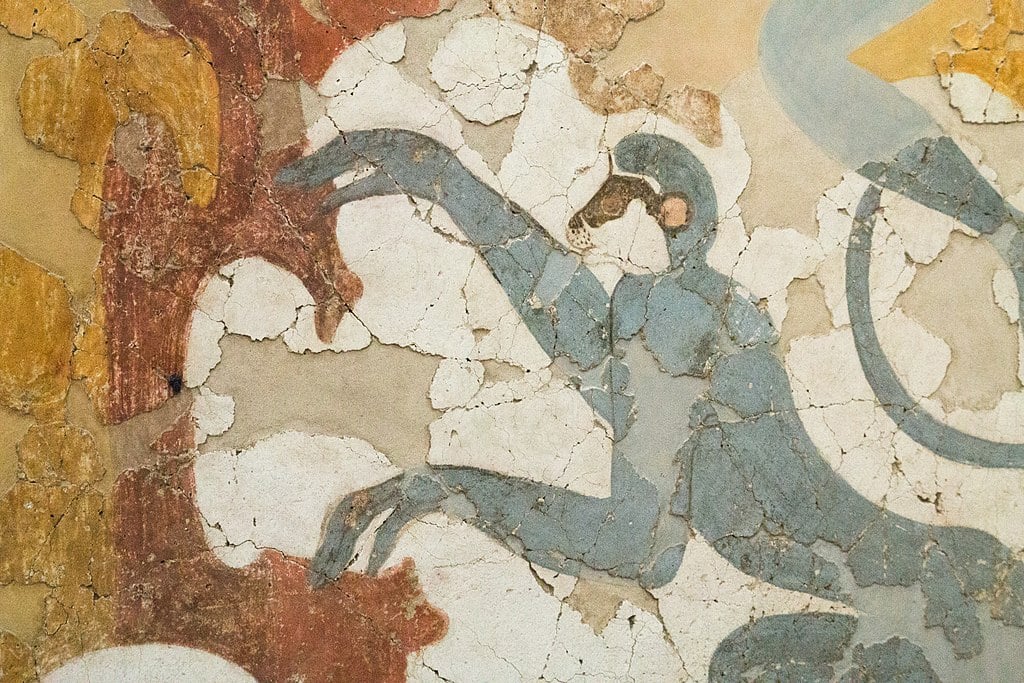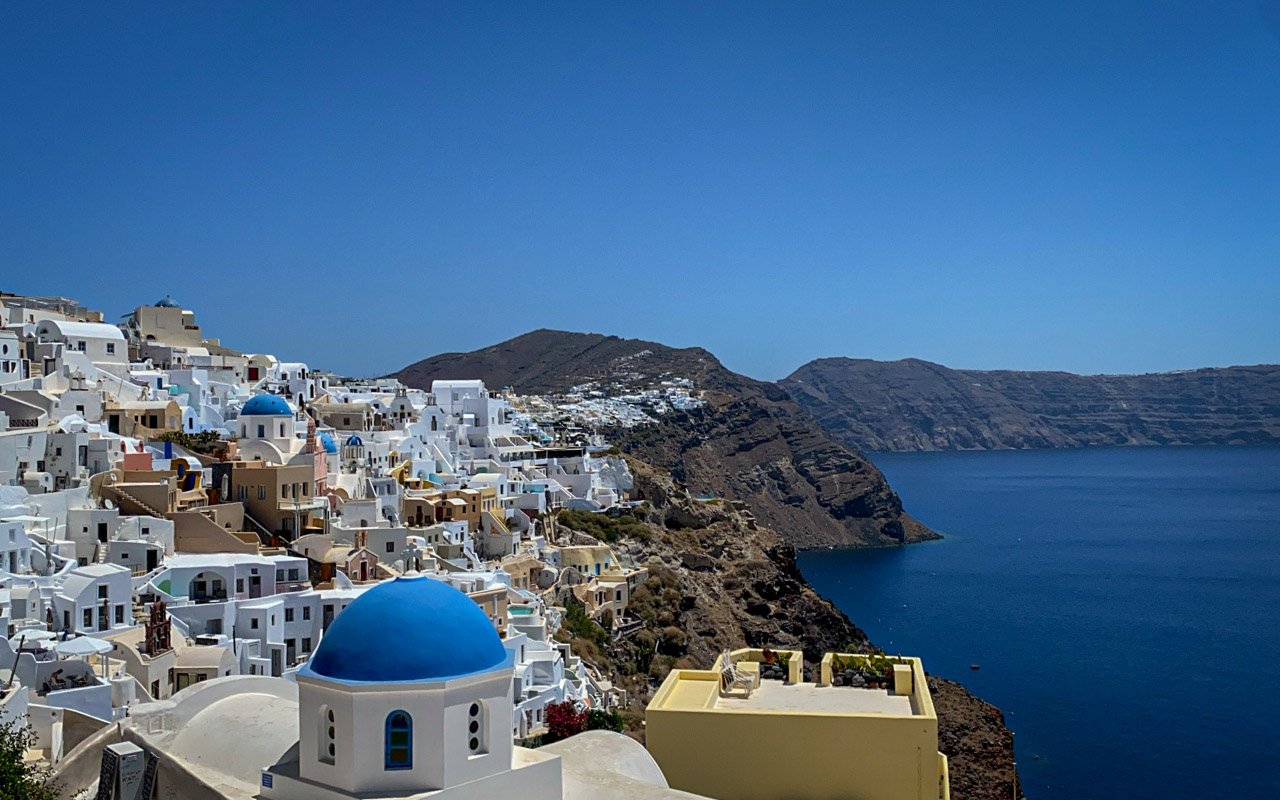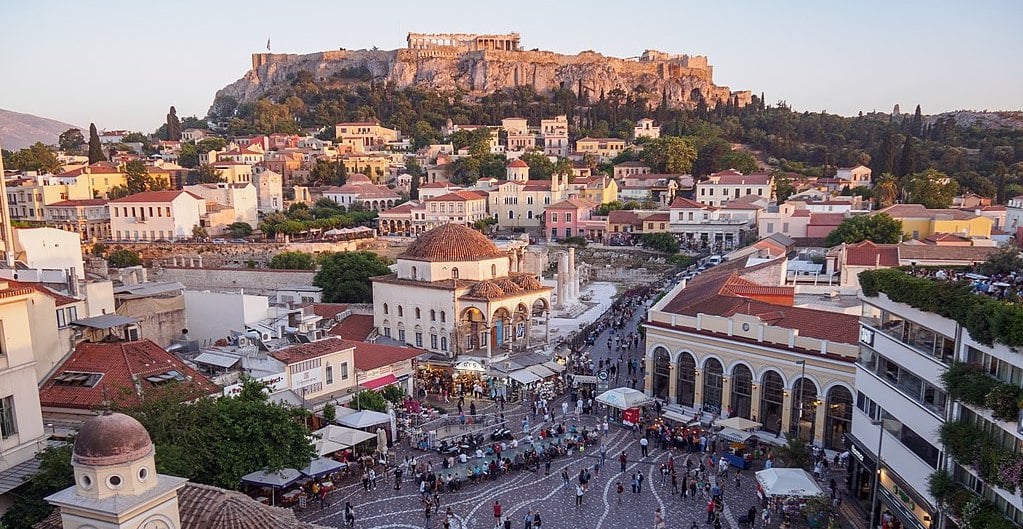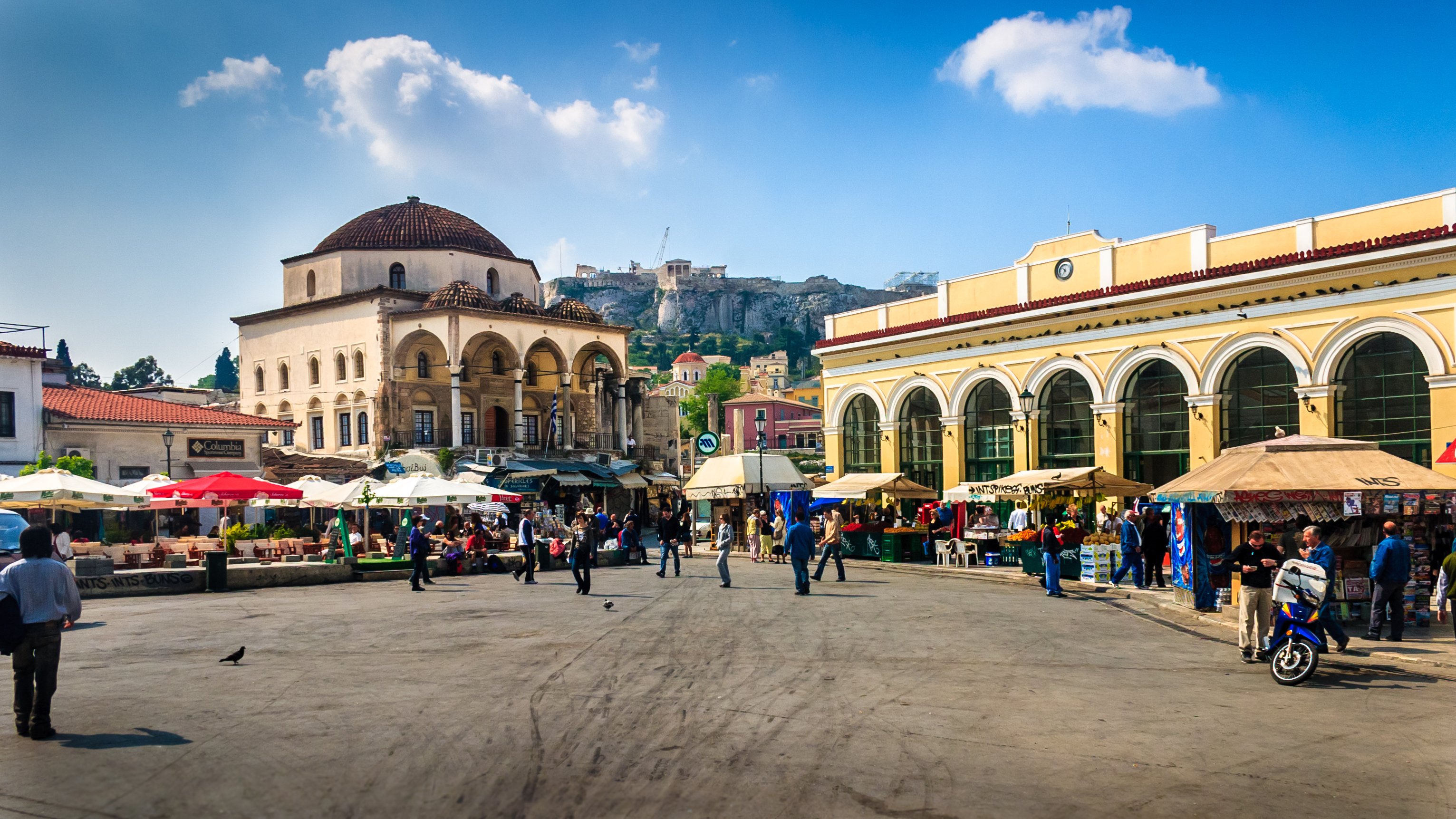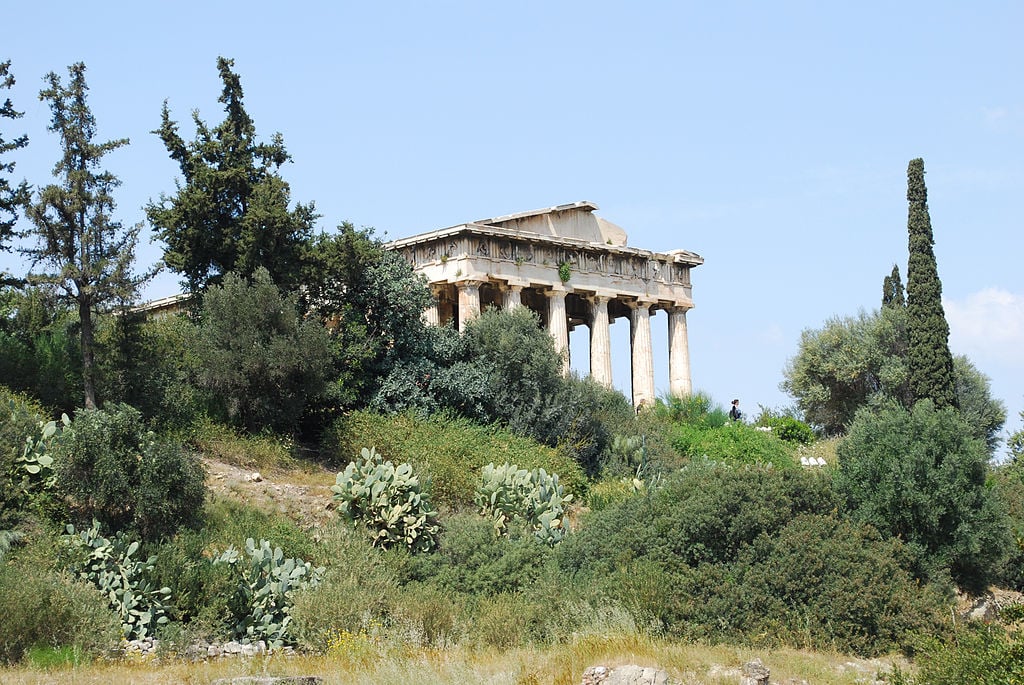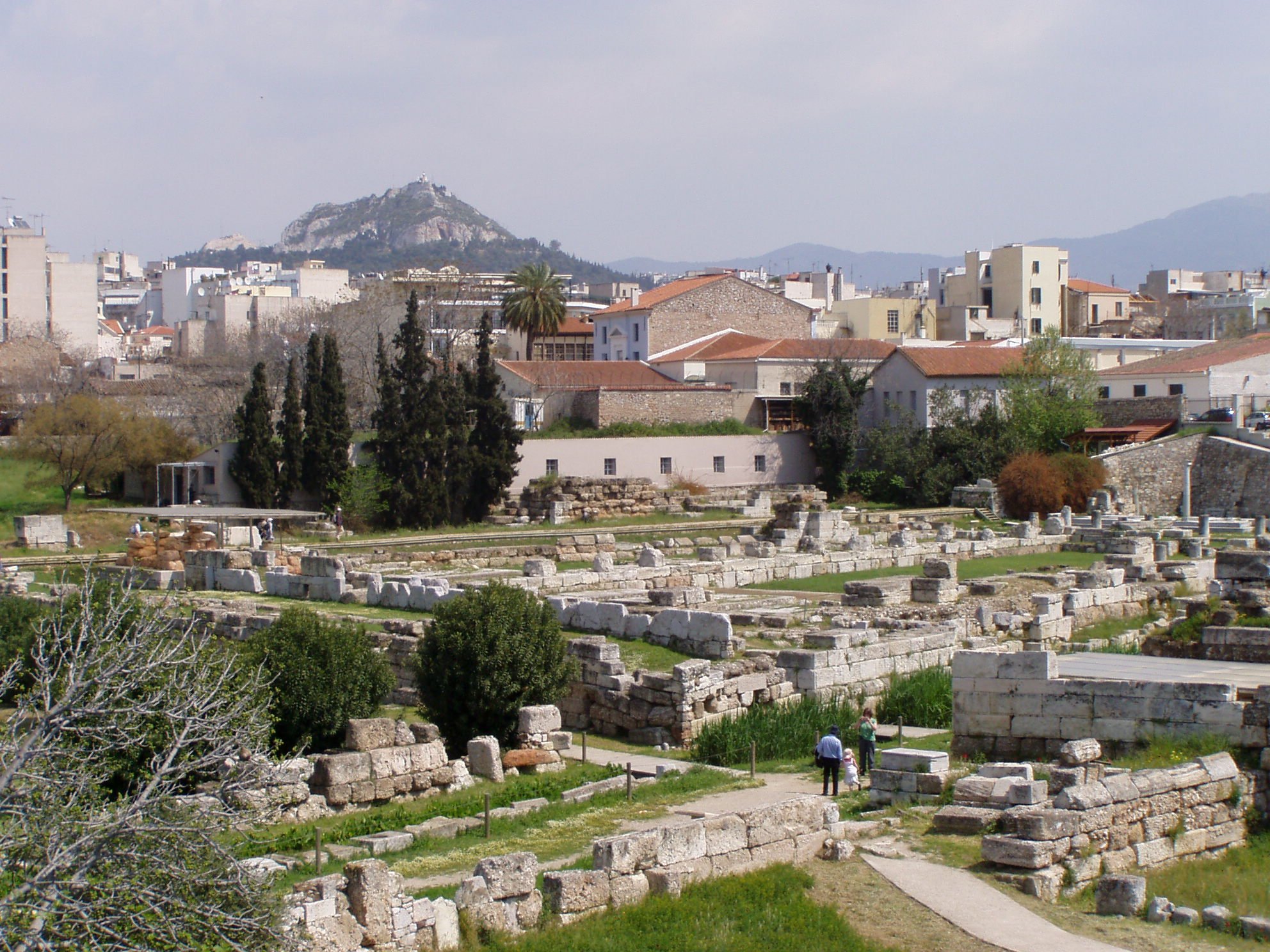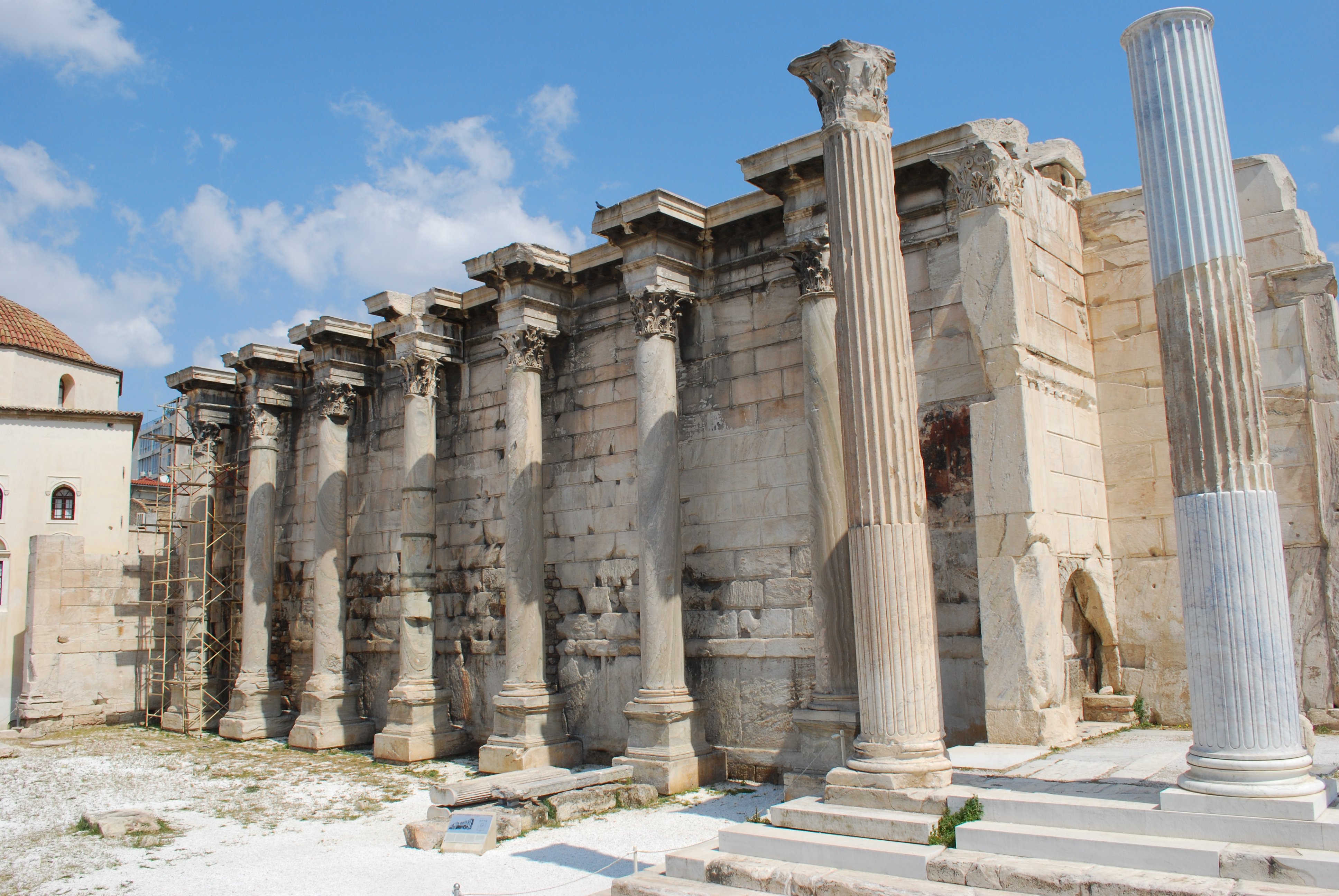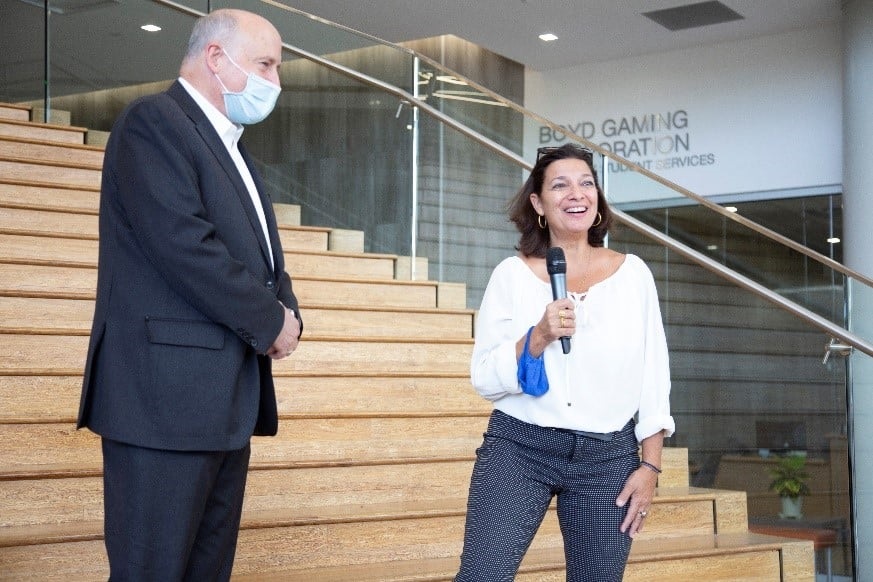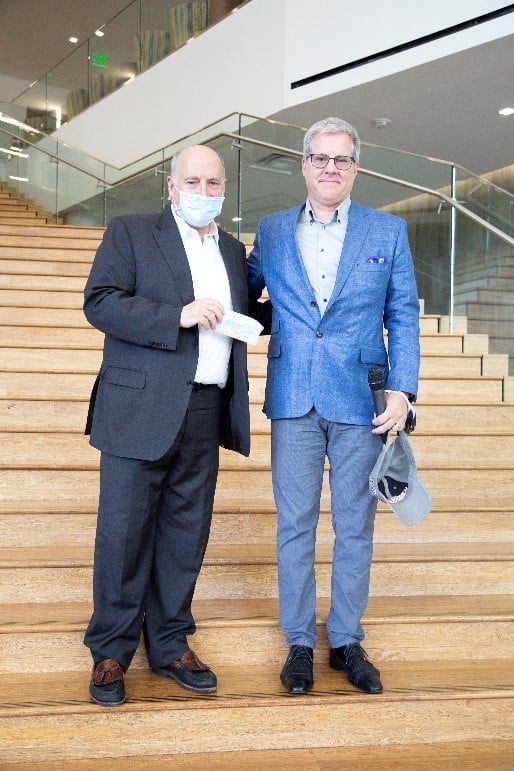The island of Cyprus has long been known for the exquisite beaches which line the country’s beautiful shores.
Cyprus, located at the edge of Europe in the eastern Mediterranean, is also home to an ancient history dating back millennia.
The remnants of the country’s prominence in antiquity are found throughout the island, which has been politically divided since Turkish troops invaded in 1974, taking almost half the island.
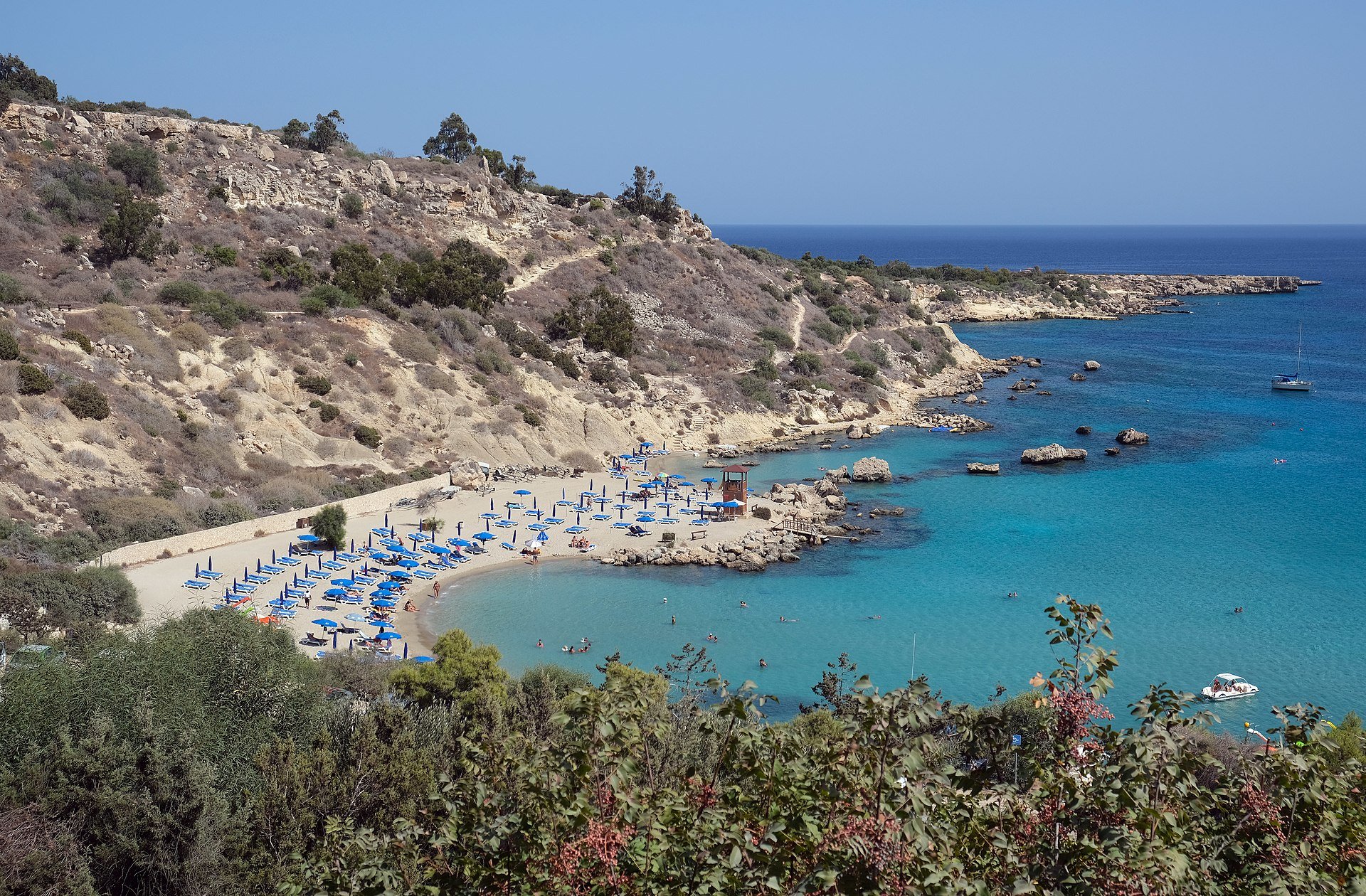
Currently, the southern part of the island, called the Republic of Cyprus, is recognized internationally and is home to the country’s Greek Cypriot population.
Occupied Cyprus, a puppet state which is recognized only by Turkey amongst all the nations of the world, is home to the island’s Turkish Cypriot minority, as well as Turkish settlers brought to the country after the invasion.
While all of the beaches on the island are of exceptional quality, as Cyprus has some of the cleanest swimming waters in Europe, there are a few stunning destinations that stand out among the rest.
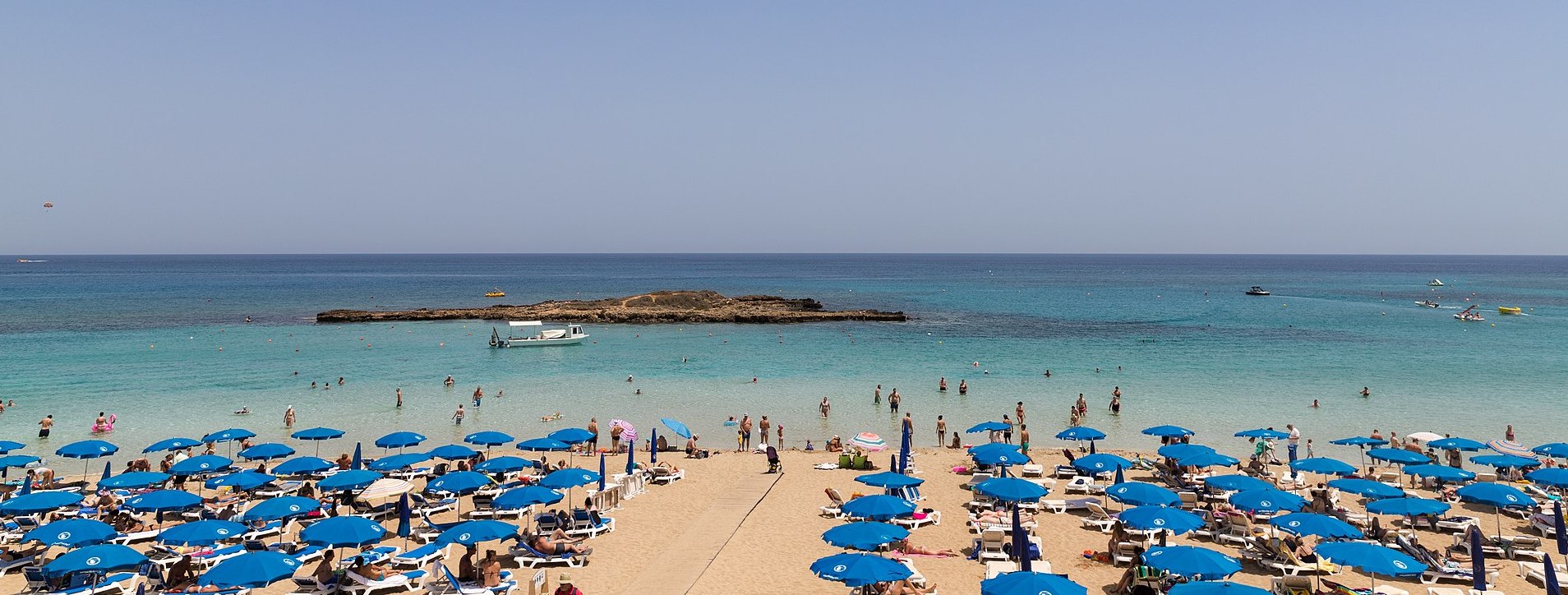
Fig Tree Beach is one of the most popular beaches in all of Cyprus. Located in the popular resort town of Protaras, Fig Tree has some of the clearest, most sparkling waters in the Mediterranean.
Due to its soft, golden sand and crystalline waters, which have been awarded a Blue Flag, Fig Tree Beach is a popular destination for both locals and tourists, particularly on weekends during the summer.
Although the beach is situated in the middle of Protaras, which is full of restaurants, bars, shops, and hotels, Fig Tree is a slice of paradise and natural beauty amidst the bustle of tourists.
The beach features a small islet that visitors can easily swim to, and it is lined by fig trees, imbuing the beach with the lovely summertime scent of ripening figs.
Entrance into the beach is free, but there is a small fee for sunbeds and umbrellas. There are cafes and bars nearby to purchase food and drinks.
Nissi Beach

Located in Cyprus’ other prominent resort town Agia Napa, Nissi Beach has long stretches of light sand and light blue water so clear that it’s almost unbelievable.
Just like Fig Tree, Nissi Beach is an extremely popular Blue Flag-awarded beach for both Cypriots and tourists. On the weekends during the summer, the many sunbeds lining the shore fill up pretty quickly.
While some may worry about the crowds at Nissi Beach, the sheer length of the shoreline means that even with many visitors, you can find a spot away from other people.
Nissi Beach is known for its transparent, sparkling waters that stretch out to a small island, or “nisi,” in Greek, from which the beach got its name. As the water is relatively shallow, visitors can easily reach the island by foot.
The beach is also a popular spot after dark, as it features the famous Nissi Beach Bar, which offers drinks and live DJ sets throughout the summer.
Latsi Beach
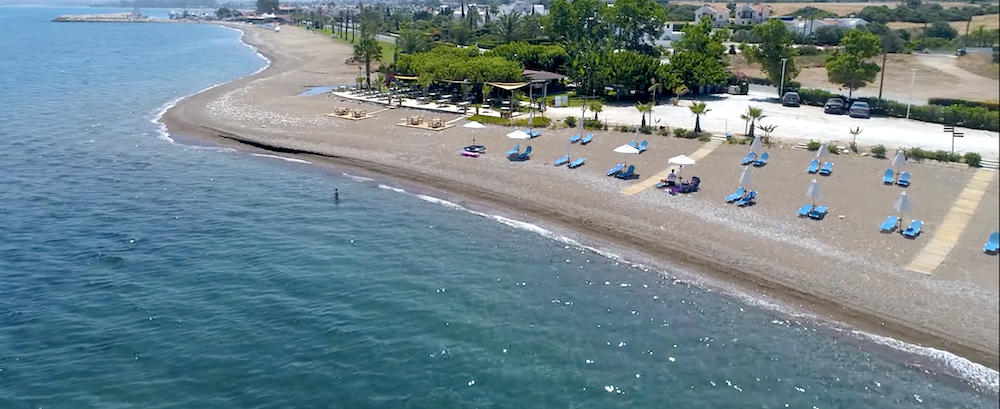
Latsi Beach is located in the region of Paphos in Cyprus, but it is closer to the town of Polis Chrysochous. Unlike Fig Tree and Nissi Beach, Latsi Beach is less well-known and does not attract the same number of tourists.
In fact, the beautiful strand, which has a mix of golden sand and pebbles and deep blue waters, has been ranked one of the best “secret beaches” in Europe.
This is the perfect spot for those looking to escape the crowds and embrace the natural beauty of Cyprus.
While many of the gorgeous beaches in resort areas like Protaras and Agia Napa are lined with apartments and hotels, Latsi is surrounded by dramatic mountains.
Konnos Beach
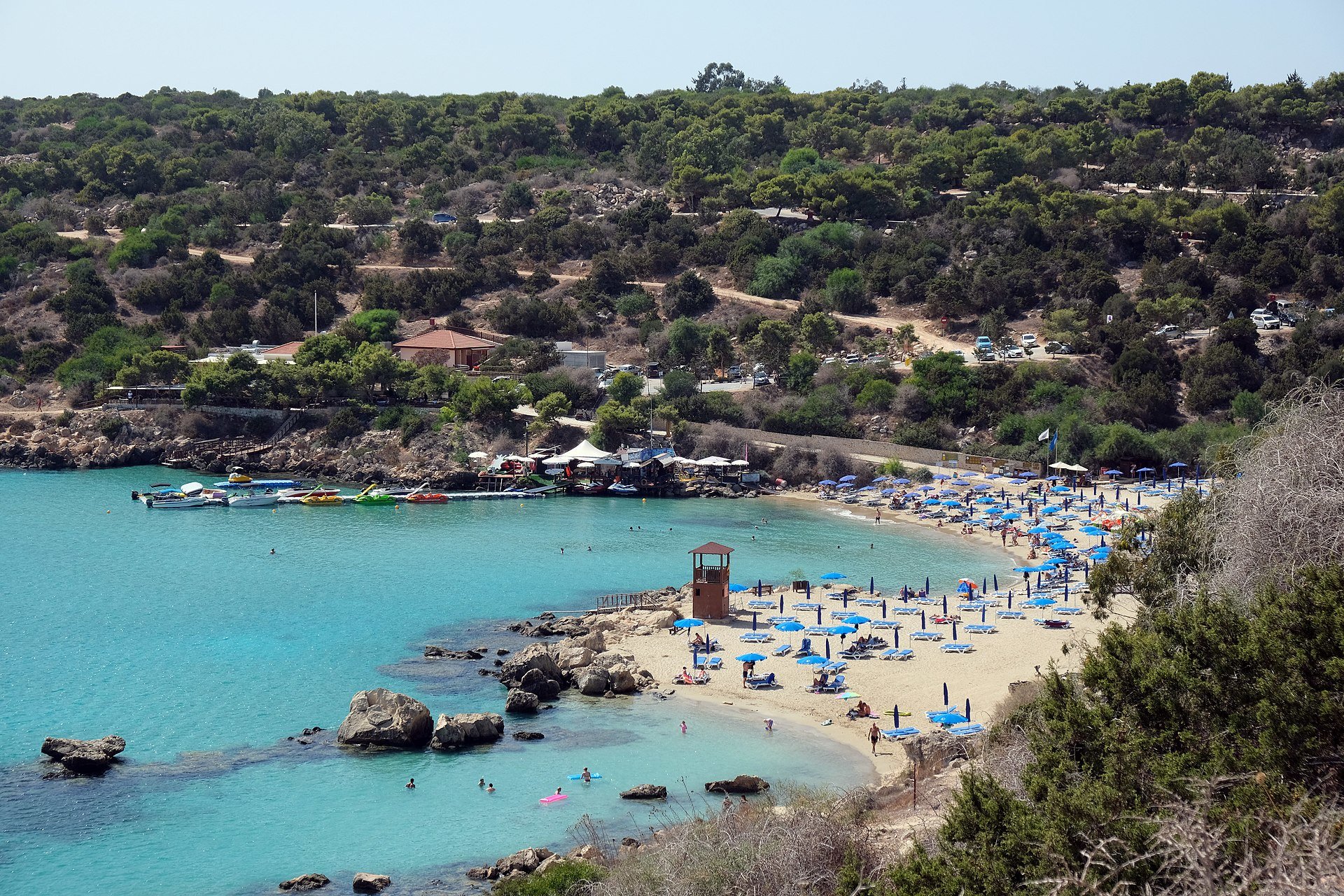
Konnos Beach is another great choice for those looking to avoid the more “touristy” areas.
Relatively unknown to most visitors to the island, Konnos is situated in a small bay, protecting its shores from waves and providing the beach with a peaceful atmosphere.
The water at Konnos is bright blue and entirely clear, and the sand is soft and golden.
Like Latsi, the area surrounding the beach is almost entirely natural, with only one hotel located on the hill above the beach and a small cafe hidden in the brush next to the beach.
Visitors can relax on sunbeds for a small fee, and pick up a coffee or snack from the cafe nearby.
Aphrodite’s Rock, or the Rock of the Greek
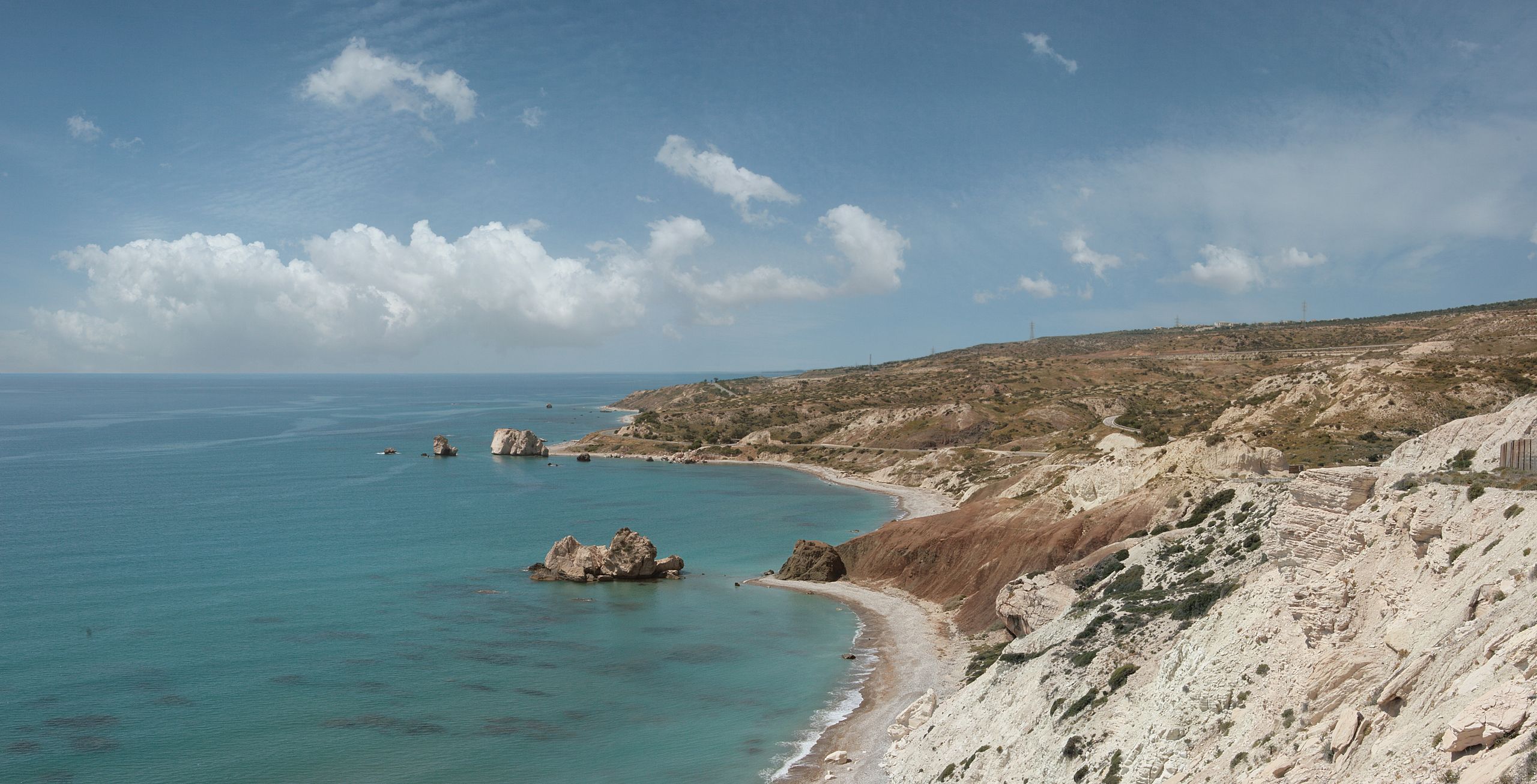
Petra tou Romiou, also known as the Rock of the Greek or Aphrodite’s Rock, is the official birthplace of the Greek goddess of love.
According to myth, Aphrodite was born out of the sea foam near this very rock. For this reason, the goddess is often linked to the island of Cyprus in ancient mythology.
Currently, visitors can take a dip in the blue waters near the rock, which is located on the road toward Paphos.
While the water is beautiful, it can be rough near the rock, so tourists are advised against swimming there on windy days, or if they are not strong swimmers.
There are no sunbeds or umbrellas at the beach, so be prepared with your own beach accessories. There is a restaurant and hotel nearby, but they are not located on the beach.

